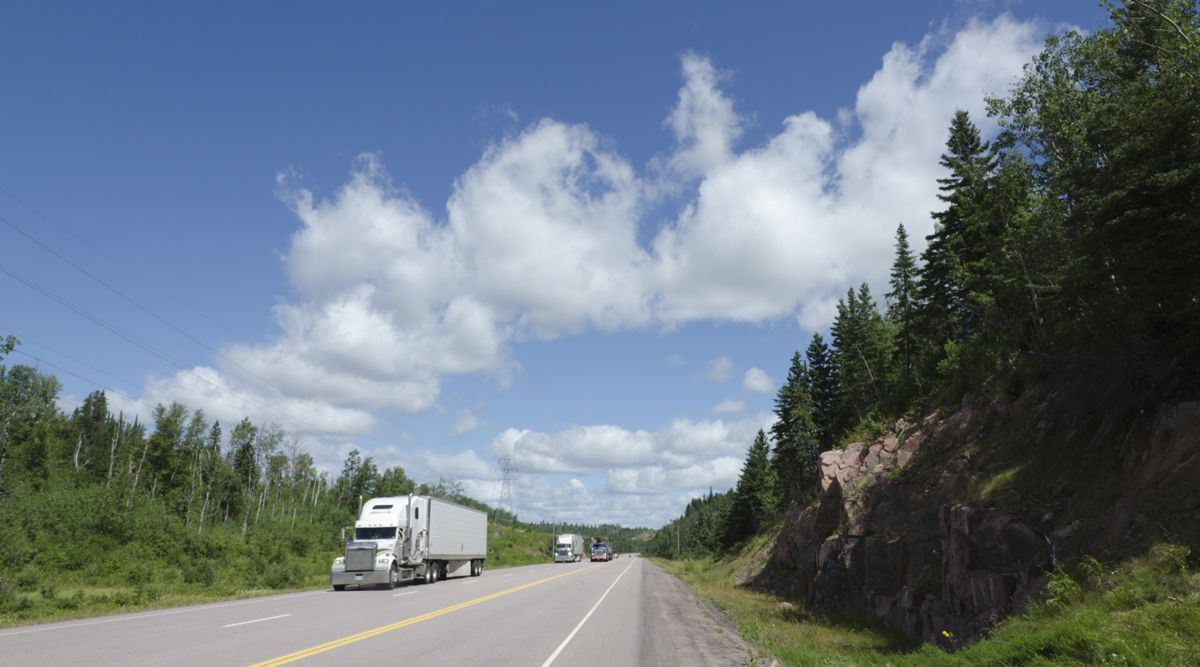
Hiding from the truth will not serve you well, especially during a health and economic crisis like a pandemic.
Your business is always at risk. Maybe the threat is not immediate.
However, markets change. Products become obsolete. Often, a new competitor emerges. Tastes change. Often change is gradual. Sometimes it is relatively sudden. At times it is local in nature, and sometimes it is a global phenomenon.
Surprises happen. A squirrel shorts out a transformer and causes an electrical sub-station to explode and causes a fire. A flood puts your business underwater, or a forest fire burns it down along with part of your town.
A price collapse causes a once prosperous industry to flounder.
Or there is a worldwide pandemic followed by lockdowns and economic collapse – with an uncertain future.
This global pandemic (COVID 19 or Coronavirus) and the resulting economic fallout has already caused businesses to fail.
I want your business to succeed. More importantly, I want you to survive and thrive even if your business doesn’t.
Leadership
As a leader, you must face the reality of the situation. If not, you will make poor decisions driven by what you want or fear, rather than what is.
Some people – influential visionary leaders with broad reach – can shift the future to fit their vision.
That is probably not you or I. Even if you have those powers; you must start with what is for that change to happen.
Can It Be Saved?
This question is a tough one. More difficult is “Should it be saved?”
There is no easy way to sugar coat it. Desire, belief, and hard work don’t always lead to success in a venture. Given enough time, the business failure rate is near 100%.
You are not your business. If you learn from experience, you can start over. Many build an even better business the next time through.
I do encourage you to get an outside viewpoint or two, particularly if you are on the fence. We all have our biases and blind spots around our ventures, especially if you’ve been at it for a long time or just starting.
We need to separate our emotions from the analysis.
No one can answer this for you either.
Where Were You Before This Disaster?
Here are some questions to help pinpoint where you were just before current events changed the game:
- Was your business growing?
- Was it profitable?
- How many people did you employ?
- Was your overall industry strong or declining?
- Did your company have a competitive advantage?
- How did your business rank amongst your peers? Revenue? Profitability?
- Do you still enjoy running the business, or was it getting tedious?
- Did you have a strong team that could run most of the operations without you?
- In what stage was your business? Start-up, small profitable boutique, growth, high-growth, struggling, or decline?
- Were you making more as an entrepreneur than you would have had to pay someone to do the same job?
- Did you have a diversified client base?
- Are you close to retirement?
- Were you looking to exit your business?
- If your business was around for a long-time, were you able to diversify your wealth? Or, is it all tied up in the company and relying on the future sale of your business?
- Could you have sold your business for significantly more than its assets minus liabilities?
- Is there something else you would rather be doing if given a choice?
Add anything else that you, your team, or your advisors can provide to make the right decision.
Where Are You Now?
Your current state is your starting point for the future. It is the base you are building off of right now. Some time may have already passed since this disaster first impacted your business. Not all companies are affected to the same degree.
If you haven’t been a strong data person, now might be the right time to start.
These questions are a good starting point for where you are now.
- Working capital – how much cash and near-cash do you have in the business?
- Cash Flow – What are your current income and expenses?
- What is your fixed and variable burn rate?
- Accounts receivable – Are your customers paying their bills? Will any default?
- Employees – Have you, laid-off employees? Have any of them found other work? Have you recently recalled laid-off employees?
- Investors and loans – Do you have access to external funds either through shareholders (including yourself), investors, or loans?
- Government assistance – What assistance have you received? What can you likely get in a timely fashion?
- Are your products and services (i.e. business and industry) in current demand? Critical? Discretionary? Low demand?
- Regulatory – Are you able to open your business at full or partial capacity?
- Are you able to work remotely effectively?
- Have your customers been impacted?
- Do you have financial exposure around personal guarantees for loans or rent?
- Are you able to meet workplace safety requirements to reopen?
- Are you able to keep the public safe?
- If you open, are you losing more or less money than remaining closed?
- Is that because of limited capacity or demand?
- What are your fixed costs if you stay closed?
- Can you realistically park your business (start-ups especially) and outlast the drop in demand? I.e. conserve capital while less well-funded competitors run out.
Keep in mind that business failure is not the same as having to declare personal bankruptcy – and affects your ability to recover differently.
Where Are Things Headed?
The future has much uncertainty. However, you need to look at both the big picture and your slice of it, to help you make the final decisions.
For best and worst-case scenarios:
- How long will the current disaster last?
- Is your industry likely to lead or lag in the recovery?
- How long will recovery take?
- Do you have an advantage in achieving a fast recovery in your industry?
- Can you offer something else that is currently more in demand?
- Do you have enough cash reserves or access to funding to survive? How long?
- When do you need to revisit current decisions?
- What will additional debt (and investment) do to your company after the worst has passed?
- If you have to inject additional personal cash into the business, what is the risk you could lose it?
- Could you convince an external investor to buy shares or provide a loan knowing that risk? Does this match your appetite for additional personal risk?
- On a personal note (and for all shareholders), how long do you have to recover from an economic setback? I.e. how close are you to retirement if that is a thing?
- Will your business emerge more robust or weaker than your competitors?
- If you park your business, how will you restart?
- Employees
- Regaining customers
- Assuming you make it, how many of your competitors will also survive?
- How long will it take to recover and pay down any new debt or obligations?
- When can you expect to be profitable again?
Shifting the Rules of the Game
What can you do to change your outcome?
- Innovation?
- Partnering?
- Mergers and acquisitions?
- Other?
Conclusion
As a company, we’ve been lucky so far. We’ve been able to continue operations because our industry allows work from home and because most of our current work was in place before this pandemic and economic disaster.
Over the last 20 years, our business has gone through some significant challenges and close calls. I feel for all those entrepreneurs and business owners struggling right now. Running a business is tough enough in regular times, never mind in cascading disasters.
I hope that this thought process can help you make the right decisions for you and your business. This wisdom includes knowing when to fight for it and when to walk away.
Singing the immortal words of “The Gambler” by Kenny Rogers:
You’ve got to know when to hold ’em
Know when to fold ’em
Know when to walk away
And know when to run
You never count your money
When you’re sittin’ at the table
There’ll be time enough for countin’
When the dealin’s done



